Articles By This Author
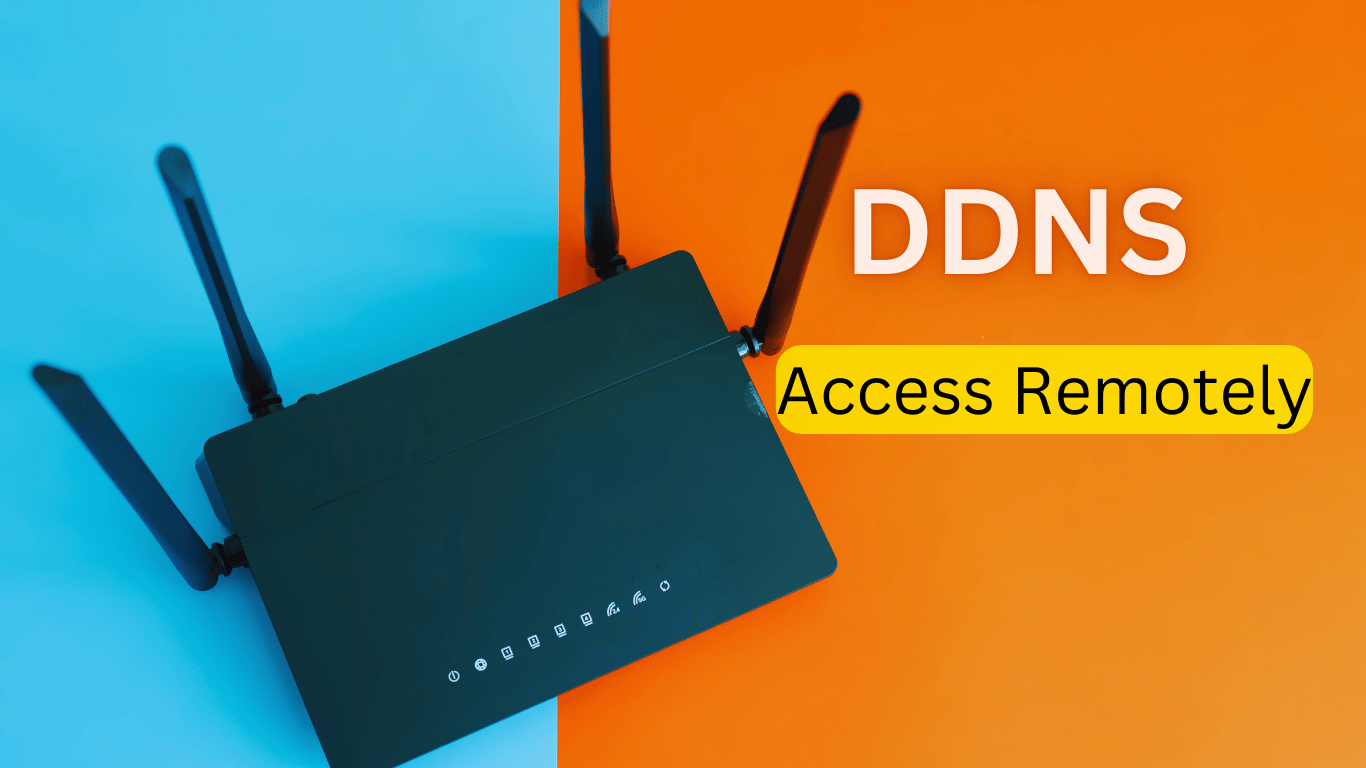
Set Up Dynamic DNS (DDNS) on Your Router
- By Mamoon Ahmed
- . October 7, 2024
Introduction Dynamic DNS (DDNS) is used to access your home network from anywhere in the world using a simple domain/web
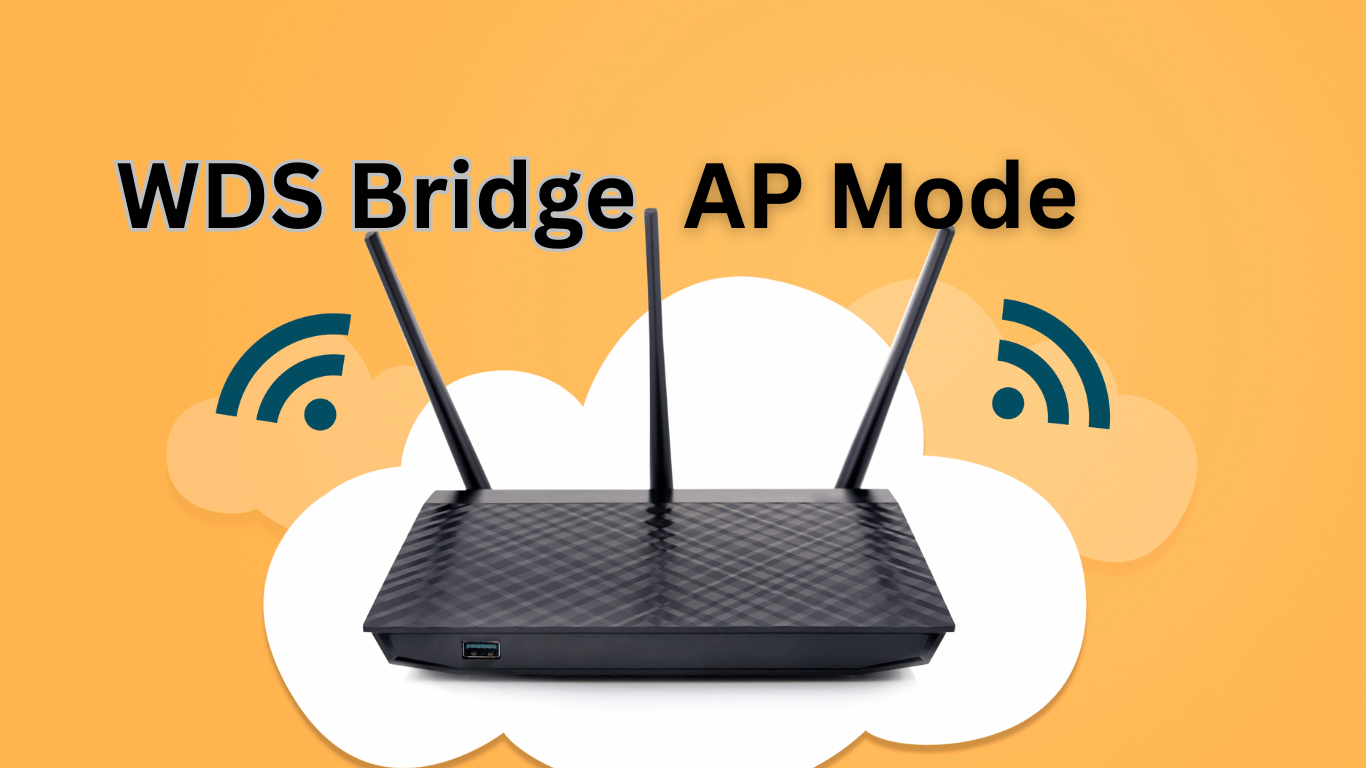
WDS Bridge Configuration in routers
- By Mamoon Ahmed
- . October 7, 2024
Introduction Wireless Distribution System (WDS) is an option that allows wireless networks to be connected without the need for cables.
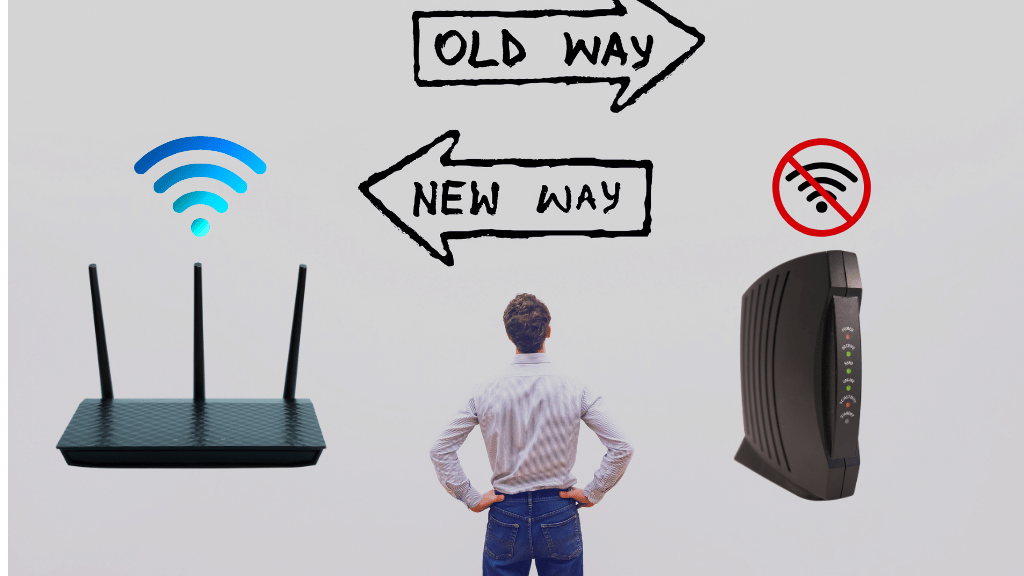
Main Difference Between Modems and Routers
- By Mamoon Ahmed
- . December 9, 2022
Modems and routers are useful devices in our home or business network but are used for different purposes. Understanding the

Create secure google account for YouTube Channel
- By Mamoon Ahmed
- . November 9, 2021
Step by step instructions to Create a New Gmail / Google Account Create a secure Google account. How long have

Remove background Remove bg online without any Software
- By Mamoon Ahmed
- . November 6, 2021
There are two methods two remove your image background by just clicking PickWish and Remove bg Remove bg Save Your

Mikrotik Dual WAN Failover Netwatch | What Is ISP Failover
- By Mamoon Ahmed
- . October 17, 2021
What is ISP Failover: ISP failover is a networking setup that is used to ensure continuous Internet connectivity by employing

QR Code Scanner App
- By Mamoon Ahmed
- . October 11, 2021
What app do you need? Just open the QR Code app to scan the QR code or bar code or
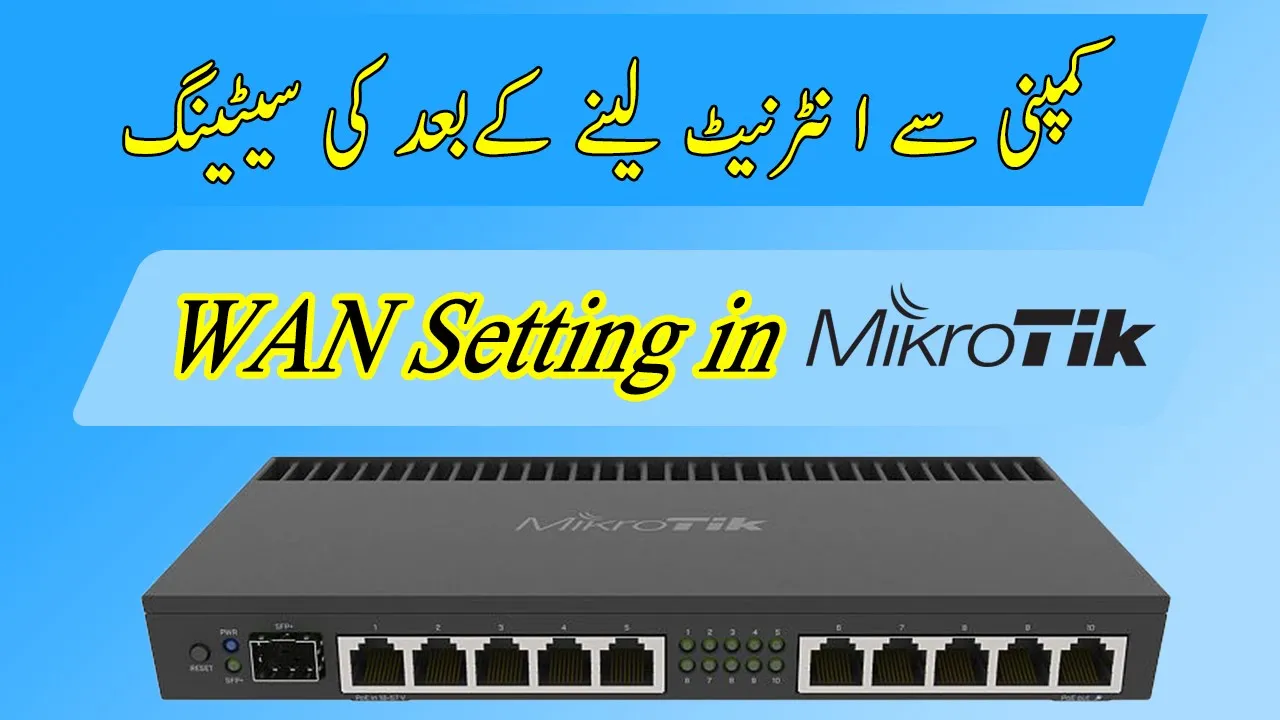
Mikrotik WAN Configuration Using Winbox | Access Internet From Vlan
- By Mamoon Ahmed
- . September 26, 2021
In this article, we will discuss how to access the internet using Vlan. Now first of all we need to

How to Set Bandwith Control on Tp-link Router TL-WR845N
- By Mamoon Ahmed
- . July 30, 2021
In this article, we will learn how to set bandwidth control on a Tp-link router First of all, we need
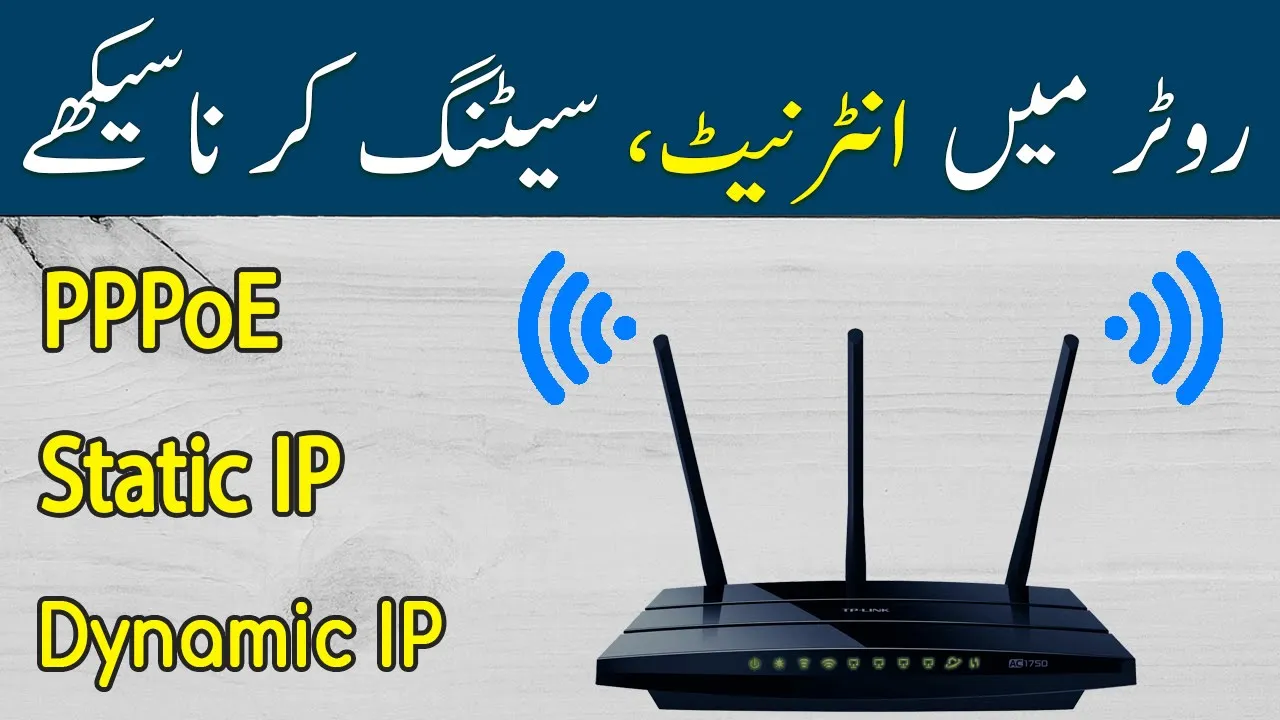
How to configure internet setting in Router PPPoE / Static IP / Dynamic IP
- By Mamoon Ahmed
- . July 13, 2021
In this post, I will tell you how to set up an internet setting in a router. There are main

